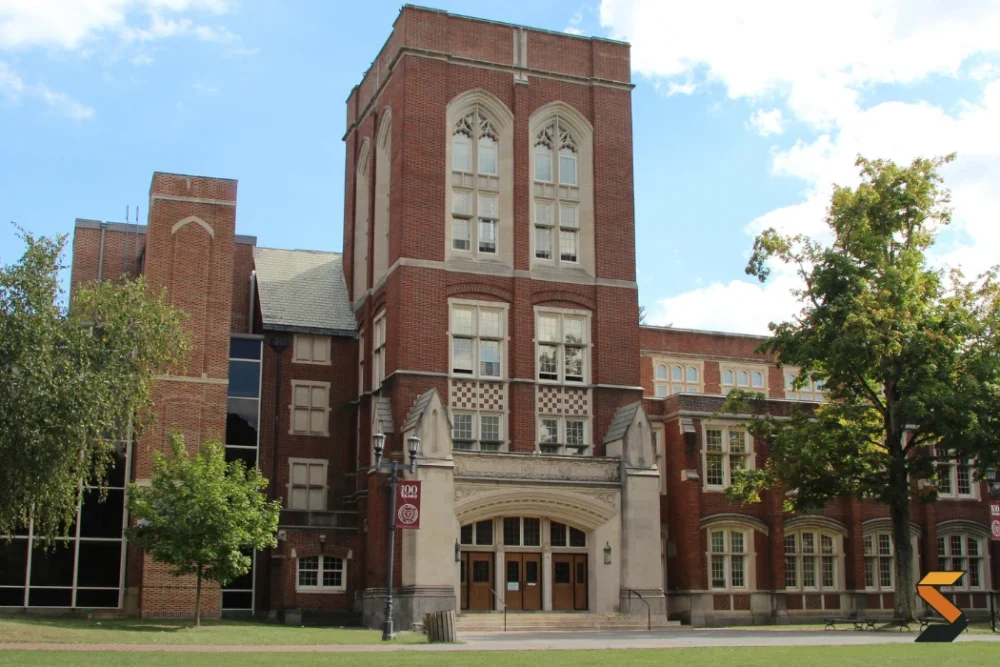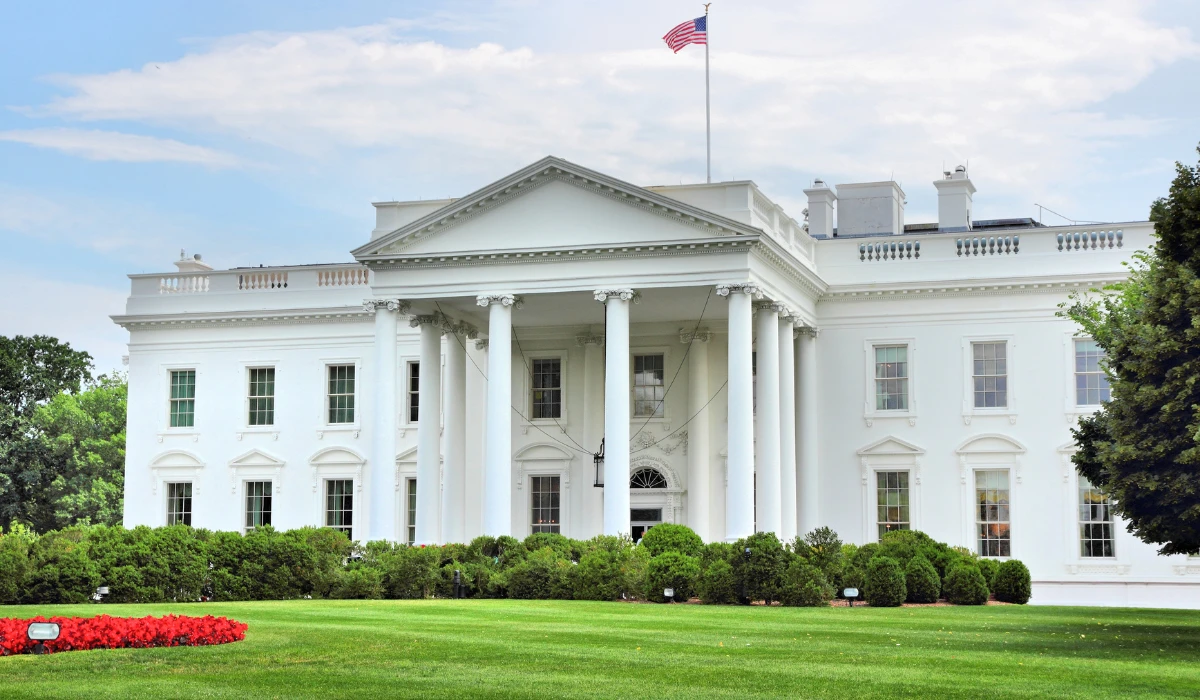I remember my own public school days, growing up in a school district that constantly felt the squeeze of a tight budget. We had dedicated teachers, yes, but their passion often battled against a system starved for resources. I recall the desperate concession stand sales and car washes to fund basic equipment for athletics. I watched teams make do with worn-out gear and limited travel, always wishing we could compete on a level playing field. Advanced Placement (AP) courses were a luxury. Only a handful were offered to the most determined students, and often taught by teachers already stretched thin. The thought of attracting top-tier teachers seemed like a pipe dream; we knew they gravitated towards districts that could offer more competitive salaries, better benefits, and state-of-the-art facilities. Our school was a hub of community, but underneath it all, there was that persistent buzz of scarcity, the quiet understanding that every penny counted, and more often than not, there simply weren’t enough.
Then, as I got older and started seeing the world beyond my neighborhood, I’d come across news reports and articles about schools in other parts of New York, places with names that whispered of manicured lawns and sprawling estates. Places where the annual school budget wasn’t a tightrope walk but a well-funded blueprint for unparalleled excellence, where every sport had abundant resources, AP classes were diverse and well-staffed, and recruiting the nation’s best educators was a given. And a question would echo in my mind, a question that still resonates today: Is this truly how it has to be? In a state that claims to lead the nation in per-pupil education spending, it’s a stark reality that financial muscle dictates much more than just the quality of roads or the price of a latte. In New York’s most affluent communities, wealth isn’t just a luxury; it’s a bedrock for unparalleled educational opportunities, quietly propelling young minds light-years ahead.
A Closer Look at Some of The Empire State’s Wealthiest
Let’s talk numbers. The median household incomes in these communities frequently soar past the $250,000 mark. In many instances, the average income edges closer to a staggering $600,000. It’s a level of prosperity that allows for educational investments few other places can match.
Here are some of the communities leading this charge:
- Scarsdale: Nestled in Westchester County, this suburban jewel is synonymous with affluence. As of the 2023 U.S. Census Bureau American Community Survey (ACS), the median household income in Scarsdale was reported at $143,004, with a mean household income of $601,193. While the median income figures can sometimes appear lower due to various statistical factors, the high mean income clearly indicates a significant concentration of wealth.
- Plandome, Old Field, Pelham Manor, Bedford, Armonk, Flower Hill, East Hills, Old Westbury: These names paint a picture of Long Island and Westchester dominance, where villages often resemble private country estates more than bustling commuter towns. Old Field’s most recent confirmed median household income remains at $241,250 from 2021. Armonk’s 2023 median income climbed to $245,500, with a high mean income indicating further household affluence. Flower Hill, East Hills, and Bedford have all reached the $250,000+ threshold in the 2023 ACS, placing them among the state’s most affluent communities. Old Westbury households, as of the latest available data, earn a median yearly income of $251,822, with the vast majority of households earning well above the national average.
- Bronxville, Rye, Larchmont, Sands Point, Greenville (Edgemont), Garden City: Each name resonates with a distinct blend of generational wealth and a palpable sense of prestige. According to 2023 data, the median household income in Bronxville was $215,726, with an average household income of $432,323. Larchmont’s last confirmed median household income remains at $194,859. Garden City village’s most recent confirmed median household income was $88,601, but like others on this list, it houses considerable wealth. Rye’s 2023 mean household income was reported at $421,259, although median income updates are not yet available. Sands Point village’s last confirmed median income exceeded $250,001 in 2021. Edgemont’s 2023 estimated median household income was $122,200, with a large percentage of households earning substantially more.
Academic Prowess: Not by Chance, But by Design
These towns aren’t just wealthy; they are home to some of the most formidable K–12 school districts in New York State, and indeed, across the nation.
Consider Scarsdale, where the school district is virtually a byword for academic distinction. Year after year, its students lead the state in impressive SAT scores and robust Advanced Placement participation. In Bronxville, the numbers speak volumes: Niche reports a high graduation rate and strong college readiness, with a significant majority of graduates attending four-year colleges. Syosset, serving affluent communities like Old Westbury in Nassau County, sees students average a remarkable 1390 on the SAT, a testament to high-level instruction and student preparedness.
The 2023-2024 U.S. News & World Report rankings underscore this trend. Edgemont (Greenville) High School proudly holds the No. 19 spot in the state, while Bronxville High School is ranked No. 16, and Rye High School at No. 17. These schools are supported by communities where median incomes frequently top $200,000 and beyond, illustrating a clear, compelling correlation.
Similarly, Garden City, Rye, Larchmont, and Sands Point districts consistently rank among New York’s best public school systems, according to annual Niche rankings. Niche’s methodology for these rankings considers factors like state test scores, college readiness, graduation rates, and teacher quality, among others, further solidifying the link between resources and outcomes.
The equation is undeniably clear: financial resources directly fuel robust educational ecosystems, which in turn breed exceptional performance. High local property taxes translate into stronger budgets, allowing for competitive teacher salaries that attract and retain the best talent, state-of-the-art facilities that inspire learning, rich extracurricular programs that develop well-rounded individuals, vibrant arts curricula that foster creativity, and an abundance of advanced coursework that challenges and prepares students for higher education. But it’s not solely about the dollars; it’s the palpable culture of high expectation, coupled with unwavering parental involvement and support, that truly gives these children an insurmountable edge. When parents can afford tutors, enrichment programs, and extensive college counseling, their children enter the academic arena with a formidable advantage.
New York’s Stark Education Divide
This picture stands in stark relief against New York’s broader educational landscape. The Empire State is projected to spend an average of $35,012 per student in the 2025-26 school year, with Long Island districts leading the state at an average of $39,653 per student. Yet, statewide proficiency in core subjects like English and math remains stubbornly around the 50% mark.
In New York City, a behemoth with over 912,064 K-12 students in public schools for the 2023-24 school year, the challenge is even more acute. According to the 2024 NAEP (National Assessment of Educational Progress) scores, only 31% of fourth-grade students in New York were proficient in reading, and 37% were proficient in math. While this represents a slight improvement in math from 2022, it’s a far cry from the consistent high proficiency seen in wealthier districts.
Meanwhile, in communities like Harlem, where parental incomes simply cannot compare to Scarsdale’s, charter schools are increasingly outperforming district-run schools by significant margins. For example, in 2024, New York City charter school students achieved proficiency at higher rates than their district school counterparts: 58.2% proficiency in ELA for charter students versus 49.1% for district students, and a wider gap in Math, with 66.3% of charter students proficient compared to 53.4% of district students. This highlights that visionary leadership, accountability, and innovative approaches can indeed bridge gaps where traditional systems falter, demonstrating that while money opens doors, it’s not the only key.
(Sources: School Districts Plan To Spend Over $35K Per Student, Empire Center for Public Policy, 2024 mathematics state snapshot report – new york grade 4 public schools – National Center for Education Statistics (NCES), NYC Public Schools Enrollment Data – NYC DOE Data at a Glance, 2024 State Assessment Scores & NYC Charter Schools).
The Uncomfortable Truth: Affluence and Achievement are Linked
The takeaway is undeniable: in New York, affluence and academic success are woven into the same fabric. The state’s wealthiest towns don’t just nurture future millionaires; they mold students who consistently excel on state exams, conquer the SAT, and fill the prestigious halls of Ivy League universities.
Where wealth concentrates, children reap profound benefits:
- Elevated Local Property Taxes: A direct pipeline to augmented district budgets, ensuring ample funding for every facet of education, from smaller class sizes to advanced technology and comprehensive support services.
- Parental Investment: Parents with substantial means are able to invest in private tutors, intensive test preparation courses, diverse extracurricular activities, and expert college counseling—resources that are simply out of reach for many. This creates a powerful, individualized ecosystem of support that complements formal schooling.
- Attraction of Top Talent: Better compensation, supportive work environments, and access to superior resources draw highly qualified and passionate educators to these districts, creating an environment where teaching excellence thrives.
It’s a story that echoes across generations, demonstrating that financial capital remains a potent amplifier of opportunity. It’s not just about what schools can provide, but the comprehensive ecosystem of advantage that surrounds children in these privileged communities, providing a safety net and a springboard that many never experience.
Can We Bridge the Divide?
Despite New York’s record-breaking per-pupil spending, the state grapples with the persistent challenge of elevating outcomes for children in communities lacking Wall Street bonuses or sprawling private estates. New York’s “Foundation Aid” funding formula, designed to equalize opportunity, remains a constant subject of heated debate, with ongoing calls for comprehensive overhauls to address its perceived shortcomings. The Rockefeller Institute of Government, for example, has been tasked with studying and delivering recommendations for improving the Foundation Aid formula by December 2024, addressing crucial issues like outdated poverty data and the accuracy of regional cost considerations.
In the interim, urban families are making their voices heard with their feet: New York City’s charter school enrollment has seen significant growth, with over 145,997 students enrolled in 2023-24. These schools, often operating with less per-pupil funding than their district counterparts, are proving that performance can match or even exceed suburban standards for certain student populations, emphasizing the power of innovative educational models, dedicated leadership, and strong community engagement.
The Path Forward
The pattern is stark and clear: New York’s richest towns are not just concentrations of wealth; they are epicenters of privilege. And within their classrooms, that privilege continues to yield substantial dividends for the next generation.
If New York State truly intends to deliver on its promise of equitable opportunity for every child, it must confront this profound contradiction head-on. Wealth should never be a prerequisite for a world-class education. But for now, in far too many zip codes across our beloved state, it remains precisely that. The question for us, as a community, is how do we ensure that every child, regardless of their family’s income, has the chance to thrive, to excel, and to pursue their dreams with the same robust foundation?





